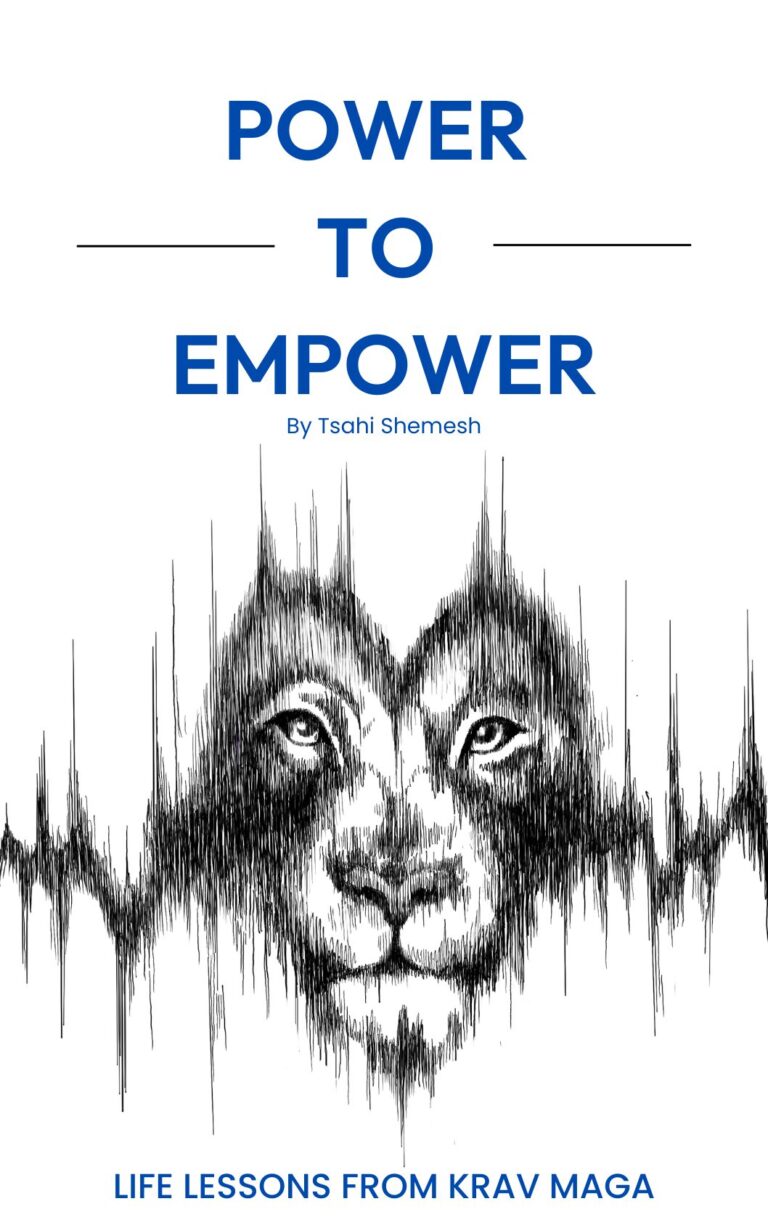Teaching the Fight Without Feeding Violence | Lessons from a Krav Maga Expert
Every time I teach someone how to strike, I remind myself that I’m also teaching them how to stop. The same technique that can save a life can also destroy one. The difference is not in the movement but in the mind behind it. Teaching someone to fight is not about creating fighters. It is about developing awareness, restraint, and respect for power. The goal is not to train aggression but to shape responsibility.
When people think of fighting, they imagine rage, domination, and physical force. But real martial training is not about any of that. It is about clarity. It is about the ability to stay human when fear and chaos appear. The longer someone trains, the more they realize that fighting is not an act of anger but of presence. True mastery is measured not by how hard you hit but by how little you need to. A good instructor must teach not only technique but conscience. Every strike must carry a question: Is this necessary, or is it ego? What am I protecting, and from whom?
This is something I emphasize deeply when I train Krav Maga instructors to teach self-defense. I remind them that teaching someone to fight is not just a physical skill. It is a moral responsibility. An instructor’s role is not only to pass on technique but to develop judgment, awareness, and restraint. When we teach people how to defend themselves, we must also teach them when not to fight, how to de-escalate, and how to recognize danger without becoming dangerous themselves. That is the difference between a self-defense instructor and a combat coach. One prepares people for violence. The other prepares them for life.
Teaching someone to fight means introducing them to power. And with that comes responsibility. Once a person knows how to cause harm, they must also understand what harm truly means. Violence leaves a trace on both sides. Even when justified, it changes you. The highest skill is not to win but to prevent the fight altogether. A body that is strong and ready must be guided by a mind that is calm and deliberate.
Training is not only physical. It is emotional conditioning. Every lesson must teach restraint as much as action. The body and the mind cannot be separated. If you strengthen a violent heart, you create danger. If you train awareness and control, you create protection. The real work happens in the space between emotion and action, in the moment where choice is born. The one who can choose when not to fight is the one who has truly learned to fight.
How a person fights reflects who they are. Some fight to prove a point. Some fight to defend what matters. Some fight from fear. Others from love. The practice becomes a mirror. You learn about your temper, your patience, and your limits. You learn what happens to you under pressure and how to rebuild yourself after you fall apart. The teacher’s role is to guide this awareness and to ensure that as strength grows, compassion grows with it. Strength without empathy destroys. Empathy without strength collapses. The goal is balance, where moral clarity and skill meet.
To teach fighting properly, you must create controlled chaos. Students need to face fear and confusion in a safe space. That is how calm is built. When they lose control, we talk. When they freeze, we breathe. When they overreact, we reflect. The lesson is never about what went wrong physically but about what happened emotionally. The goal is to turn reaction into reflection and reflection into growth. Through this process, students stop fighting from instinct and start moving with intention.
But the true fight is not the one on the mat. It is the one that continues off it. The fight to stay patient. To control ego. To not let frustration turn into violence. Every day offers a chance to practice self-control. The lessons of training must follow into life. If your training makes you more dangerous but not more peaceful, it failed. If it makes you calm, focused, and grounded, it worked. Martial training should not produce more fighters. It should produce stronger humans who live with purpose and integrity.
There is a difference between being powerful and being violent. Power is strength with discipline. Violence is strength without direction. One protects. The other destroys. The purpose of teaching someone to fight is to help them become capable of peace. Because peace that cannot protect itself will not last. A student who learns how to fight responsibly learns not to be ruled by fear or anger. They learn to recognize darkness without becoming it.
Teach them to fight when they must, but never to seek it. Teach them to end it fast and to walk away with dignity. The fight is never the goal. The goal is peace.
Do something amazing,
Tsahi Shemesh
Founder & CEO
Krav Maga Experts
Relevant articles:
-
The Barrier of Evil
Discover why confronting darkness begins with understanding the part of it that lives inside us. -
Human Nature: Good or Evil? What if the fight between good and evil isn’t out there, but inside every one of us?
-
Fighting Skills Are Not Just to Hurt Bad Guys
Learn why real self-defense is not about violence, it’s about clarity, restraint, and purpose. -
Warrior vs Fighter
Find out why being a warrior has nothing to do with aggression and everything to do with who you protect.

